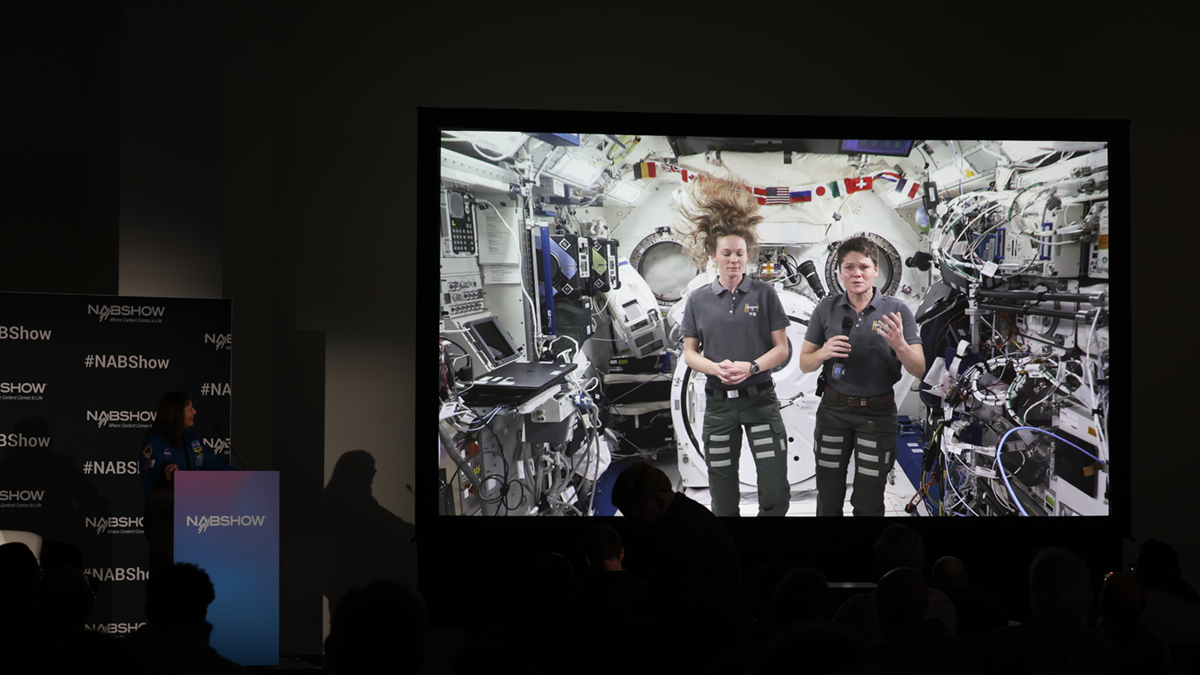Smart AV's Smart Console
The Smart Console’s modular design and Arc technology reduce the number of knobs on the control surface.
Staying central
When audio mixes were small (i.e., fewer than 24 input channels), designing an audio console was simple — one channel strip of dedicated controls per channel, the strips lined up side by side. The operator sat in the middle of the channel strips and could easily reach all of the controls without moving from the sweet spot.
As input channel demands grew and the length of audio consoles grew in direct proportion, accommodating up to 100 channels meant designing an impressive looking but functionally compromised control surface. At 26ft in length, the operator now had no chance of remaining in the center of the sound field during the mix. Computers came to the rescue (or so we hoped), and multifunction controls entered the scene. Now the operator could remain in the center but at the cost of having to constantly re-assign a smaller number of controls. Operators could stay centered in the mix, but without ergonomic efficiency. Suddenly, sound mixers were becoming computer operators and were spending more time clicking on menus than mixing. We had solved one problem but replaced it with another.
Rather than 26ft of dedicated controls or 3ft of multifunction controls and a computer monitor, Smart AV's Smart Console looks like a traditional 16- or 24-channel long console with a futuristic arc spanning the length of the console, representing a condensed version of a traditional 96-channel long console. Along the arc is a touch-sensitive strip providing an overview and control of 96 input channels. All controls are within reach of the operator, without the need to move from the center sweet spot.
Figure 1. The Smart Console control surface communicates with digital engines via Ethernet connection. Click here to see an enlarged diagram.
In the driver's seat
Get the TV Tech Newsletter
The professional video industry's #1 source for news, trends and product and tech information. Sign up below.
When the operator touches a spot along the length of the touch-sensitive strip, as many as 800 dedicated controls snap into place, as if the operator had been instantly transported to that location along the length of a traditional long console. The operator now has access to all the dedicated controls for those channels — without clicking on a single computer screen or re-assigning any multifunction controls using a computer monitor.
The result is improved ergonomic efficiency. And there's no longer a need to learn any computer programs, or to use a computer mouse.
The console is an open-source Ethernet protocol control surface, which communicates via standard fast-Ethernet CAT-5 cables to a number of digital audio engines. Whatever capabilities are inherent in the engine connected to the console, those capabilities are now available and can be controlled in an ergonomically efficient manner.
Currently, the console has interface protocols available for Merging Technologies' Pyramix, Klotz Digital VADIS and Apple's Logic Pro 7. Under development are interface protocols for Media Matrix's NION, SADiE's Series 5, Yamaha's DME64N and DME24N and Mackie's HUI. The Smart Console is available in 96-, 72- and 48-channel versions.
The benefits of this new technology will be obvious in applications such as OB vans, concert theatres, B studios and any place where space is limited and operational efficiency is paramount.
For years, audio mixing engineers have been frustrated with increasingly complex and overly computerized mixing systems. The Smart Console provides mixing engineers with an alternative to screen mixing, with ergonomic improvements and the elimination of computer menus and mouse clicks. With the console, engineers can now focus on the mix, not the menus!
Robert Smallwood is the general manager of sales and marketing for Smart AV.
